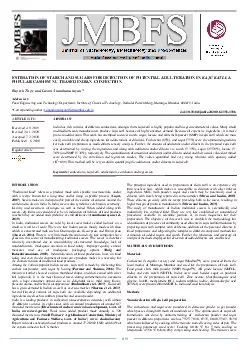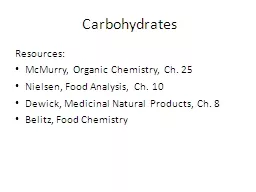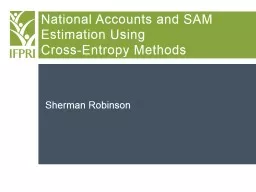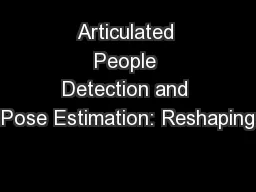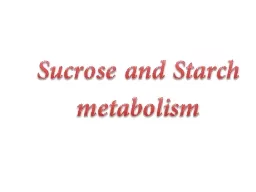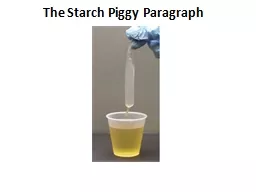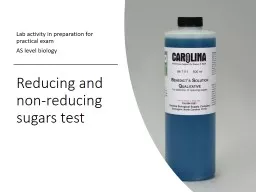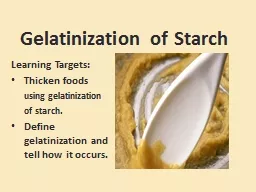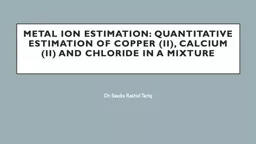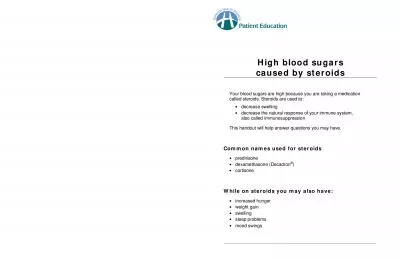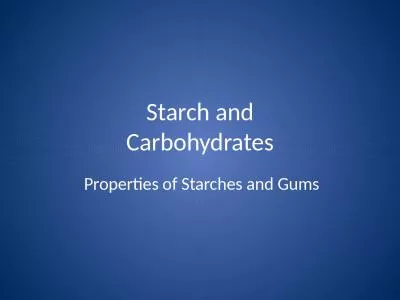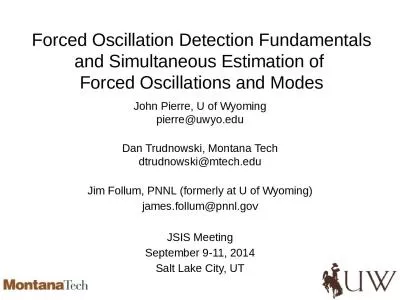PDF-ESTIMATION OF STARCH AND SUGARS FOR DETECTION OF POTENTIAL ADULTERATIO
Author : jainy | Published Date : 2021-09-09
1151KAJU KATLIA POPULAR CASHEW NUT BASED INDIAN CONFECTIONRupeshTupeandLaxmiAnanthanarayanAddressesFood Engineering and Technology Department Institute of Chemical
Presentation Embed Code
Download Presentation
Download Presentation The PPT/PDF document "ESTIMATION OF STARCH AND SUGARS FOR DETE..." is the property of its rightful owner. Permission is granted to download and print the materials on this website for personal, non-commercial use only, and to display it on your personal computer provided you do not modify the materials and that you retain all copyright notices contained in the materials. By downloading content from our website, you accept the terms of this agreement.
ESTIMATION OF STARCH AND SUGARS FOR DETECTION OF POTENTIAL ADULTERATIO: Transcript
Download Rules Of Document
"ESTIMATION OF STARCH AND SUGARS FOR DETECTION OF POTENTIAL ADULTERATIO"The content belongs to its owner. You may download and print it for personal use, without modification, and keep all copyright notices. By downloading, you agree to these terms.
Related Documents

